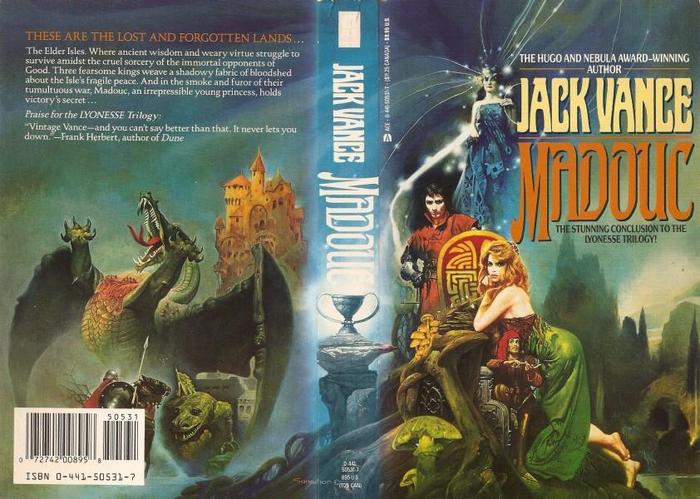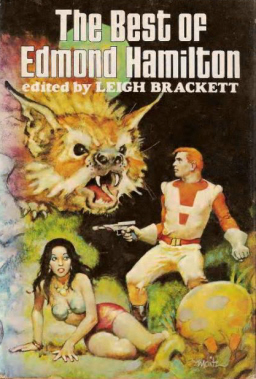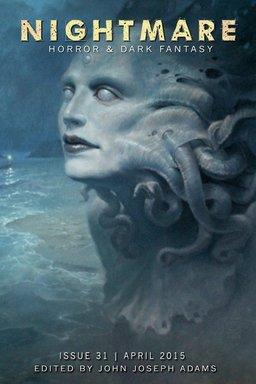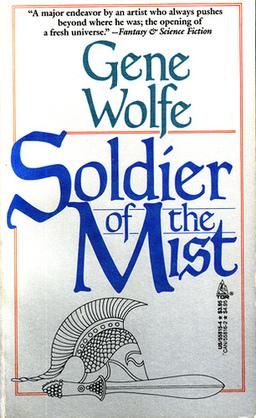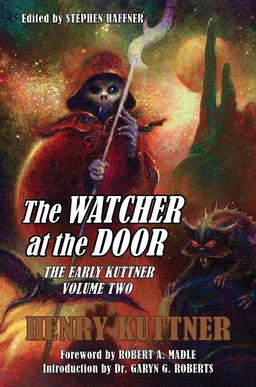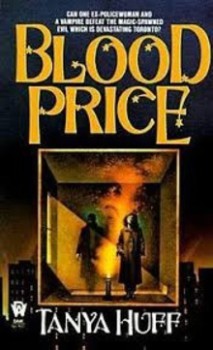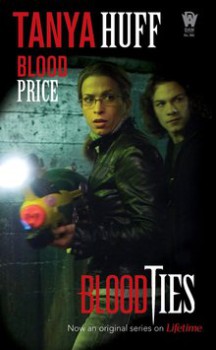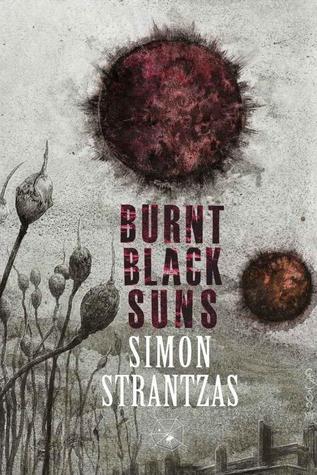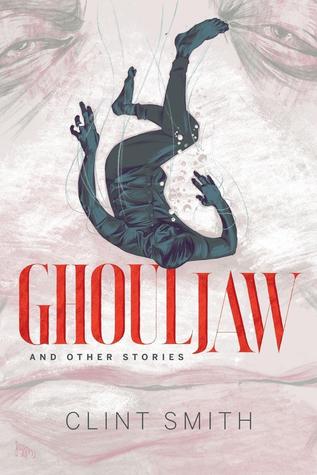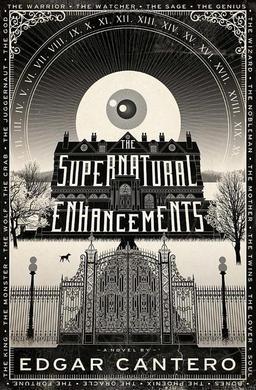New Treasures: Freeport: The City of Adventure for the Pathfinder RPG
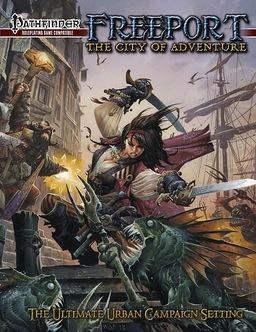 Freeport is one of my favorite RPG settings. It debuted in a slender 32-page module called Death in Freeport, from a young company called Green Ronin Publishing, at GenCon 2000 — simultaneous with the Third Edition D&D Player’s Handbook. As the first adventure to take advantage of the OGL (Open Game License), it was one of two products that launched the d20 era.
Freeport is one of my favorite RPG settings. It debuted in a slender 32-page module called Death in Freeport, from a young company called Green Ronin Publishing, at GenCon 2000 — simultaneous with the Third Edition D&D Player’s Handbook. As the first adventure to take advantage of the OGL (Open Game License), it was one of two products that launched the d20 era.
Freeport has been expanded and supported with a host of products over the years, and now Green Ronin has upgraded the setting for Pathfinder with a massive new full color hardback edition, with new locations, new NPCs, and a brand new adventure for low-level characters. It was funded by a hugely successful Kickstarter campaign that completed on April 1, 2013 — and now you can share in the fruits of that success.
Freeport is one of the classic city settings of fantasy roleplaying and it’s back — bigger and better — in this monstrous new sourcebook for the Pathfinder Roleplaying Game. Clocking in at a massive 544 pages, Freeport: The City of Adventure lovingly details a metropolis that mixes fantasy tropes, piracy, and Lovecraftian horror into an action packed setting for your RPG campaign. The city is now more detailed than ever, with added locations, characters, hooks, and a brand new, full-length adventure. The book, featuring a cover by fan favorite artist Wayne Reynolds and a fold-out map of the city, also includes full rules support for the Pathfinder Roleplaying Game: new classes, archetypes, feats, and magic items. As always you can use Freeport on its own or drop it into your campaign setting of choice. So set sail for Freeport, mateys! Come for the pirates, stay for the cosmic horror!
Freeport: The City of Adventure for the Pathfinder RPG will be published by Green Ronin on April 29, 2015. It is 544 pages in hardcover, priced at $74.95 or $29.99 for the PDF. Learn more at the Kickstarter page here.
